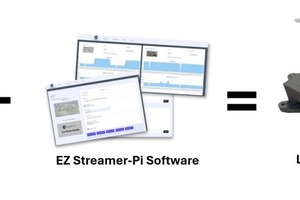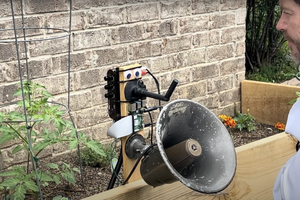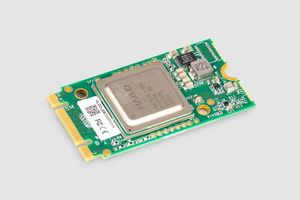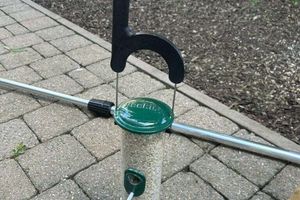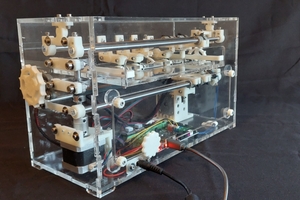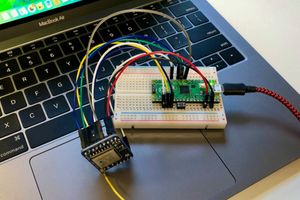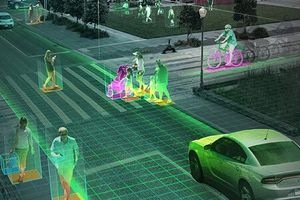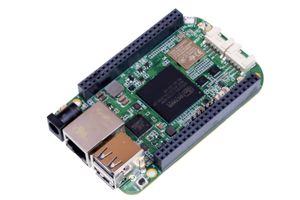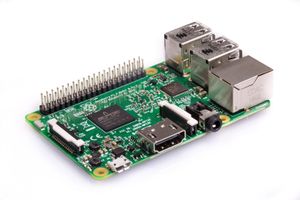Capture solar eclipses with Raspberry Pi 4 and the High Quality Camera
We posted a blog about investigating Earth’s ionosphere during a total solar eclipse around the time collective minds were lost when it happened for real last month (Google it — a cool thing happens), but we wanted to be better prepared for the next one. A maker got in touch to show us their homemade solar eclipse viewer, and they’ve even written a full Instructables post to show you how you how to build your own.

CapeGeek’s system harnesses a Raspberry Pi 4 and one of our cameras wearing a telephoto lens. If you can commit to putting all the hardware together, you’ll end up with your very own bit of astronomy kit, but without the price tag that has put you off buying a mega telescope before now.
Hardware
- Raspberry Pi 4
- Raspberry Pi High Quality Camera
- ArduCam 50mm Telephoto Lens for Raspberry Pi Camera — this will make the sun look super fancy
- AstroSolar visual filter — this will avoid burning out your camera and, you know, your eyeballs
- Tripod and fluid tilt mounting bracket — this is like a neck which lets your camera look up at the sky, and the tripod means you won’t end up with wobbly photos
- SunFounder Raspberry Pi power supply
How does it work?
Raspberry Pi 4 is the brains of the operation, and attaches directly to the camera wearing its telephoto lens and solar filter. The whole setup sits together atop the tripod.

The libcamera software running on the Raspberry Pi 4 captures a sequence of images using a timelapse sequence. The collection of photos is then assembled into a video which plays back at a much faster rate, leaving CapeGeek with a perfectly packaged eclipse experience he can rewatch at any time. (This is handy, because the next full eclipse visible in the United States won’t be until August 2044.)
Dual-purpose fun
With this affordable setup, you’ll be able to capture an eclipse without manually adjusting your camera every five seconds; just set it up and forget about it until the show is over. After the eclipse, you can still use your kit to photograph things like sunspots and meteor showers and feel like a real astronomer.


When’s the next eclipse?
If you’re in South America and want to capture the next annular solar eclipse, you might want to get your behind in gear, as you have until 2 October to build your own Raspberry Pi-powered setup. The rest of us have a little more time, as we’ll see nothing until 2025. You can check when the next eclipse activity is visible from where you are on NASA’s Future Eclipses page.


























